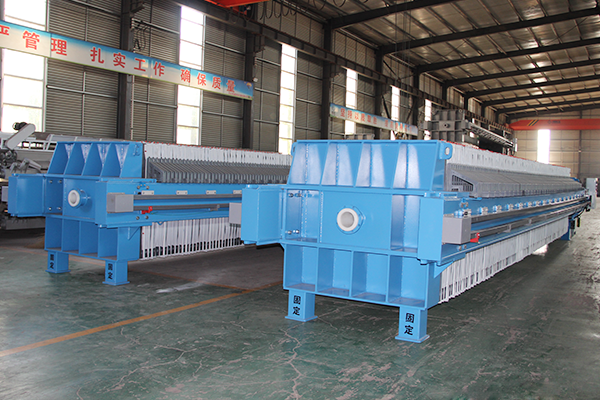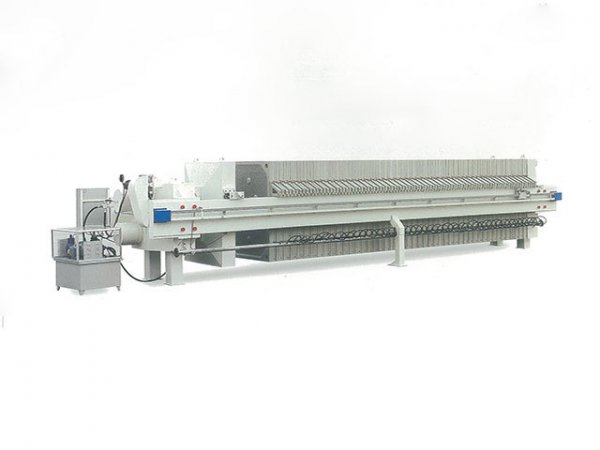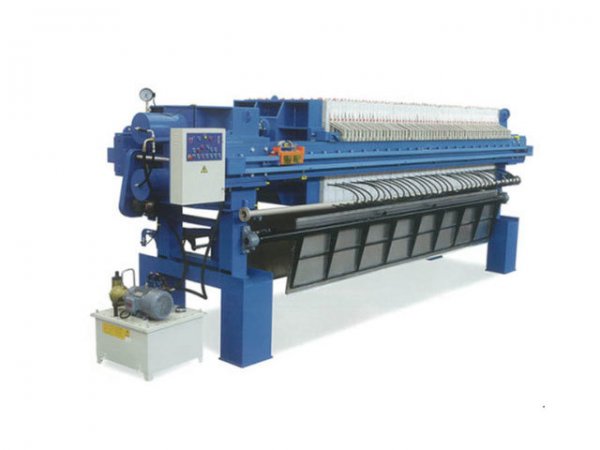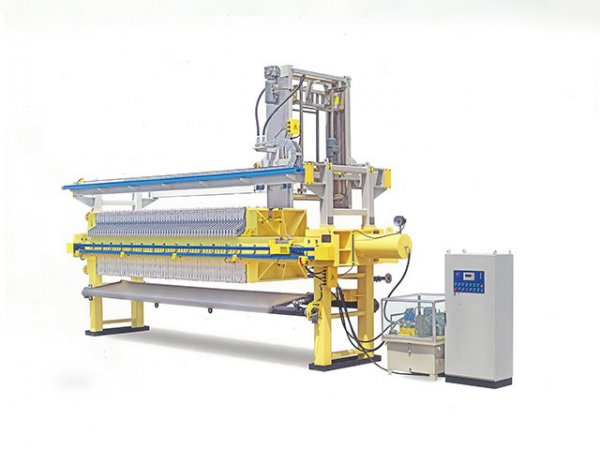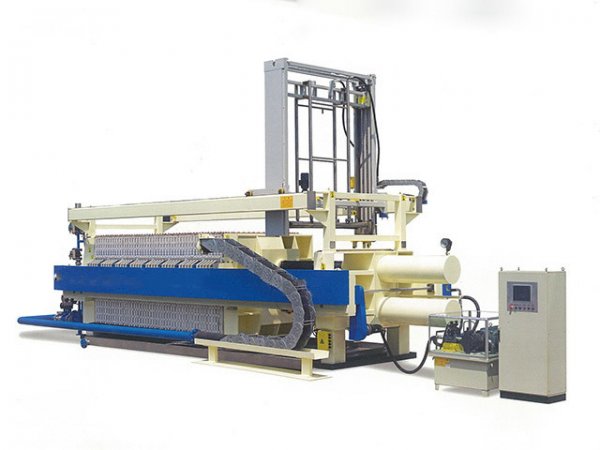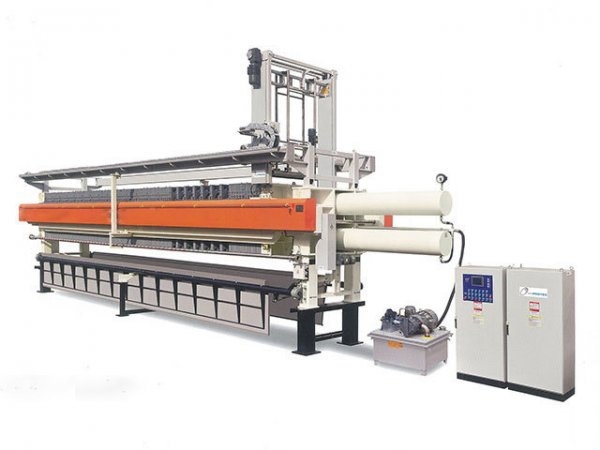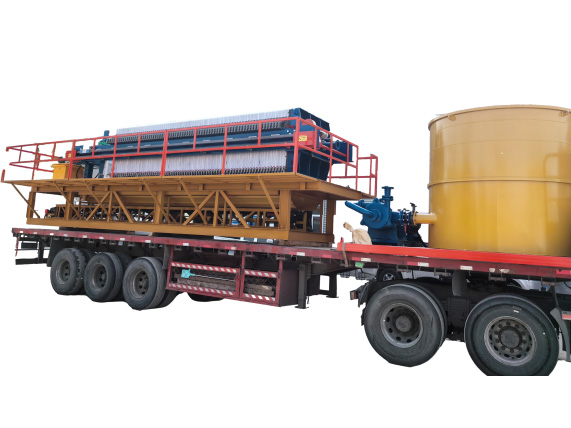NewsDetails
How to Select a Cost-Effective Diaphragm Filter Press Plate?
author:Shuangcheng time:2025-04-30 10:27:05 Click:66
In the critical process of industrial solid-liquid separation, the performance and cost of diaphragm filter press plates directly impact an enterprise's production efficiency and operational costs. A cost-effective filter plate can not only meet the demand for high-efficiency filtration but also reduce long-term investment costs. However, with a myriad of filter plate products on the market and varying quality and prices, mastering a scientific selection method is essential to accurately find a suitable and economical filter plate that provides strong support for enterprise development.
I. Introduction: The Importance of Cost-Effective Filter Plates
In industries such as environmental protection, chemicals, mining, and many others, the diaphragm filter press is the core equipment for achieving solid-liquid separation. As a key component, the quality of the filter plate determines filtration efficiency and equipment stability. Selecting a cost-effective filter plate can not only enhance production efficiency and reduce equipment downtime due to faults but also directly translate into economic benefits for the enterprise by lowering procurement and maintenance costs. Therefore, understanding and mastering the method of selecting cost-effective diaphragm filter press plates is of great significance for enterprises to optimize production and enhance competitiveness.
II. Basic Understanding of Diaphragm Filter Press Plates
2.1 Definition and Structure
The diaphragm filter press plate is the core component for achieving efficient solid-liquid separation, primarily consisting of a sturdy filter plate body, an elastic diaphragm layer, a feed inlet for material input, and a filtrate outlet for liquid discharge. The filter plate body provides structural support for the entire unit, while the diaphragm layer plays a crucial role in pressing and dewatering during the later stages of filtration. All parts work together to complete the solid-liquid separation task.
2.2 Working Principle
During the operation of the filter press, material enters the filter chamber formed by the filter plate and filter cloth through the feed inlet. Driven by pressure, liquid passes through the filter cloth and is discharged through the filtrate outlet, while solid particles are retained to form a filter cake. After conventional filtration is completed, the diaphragm layer is inflated with gas or liquid to press the filter cake, further reducing its moisture content and achieving efficient solid-liquid separation. A clear understanding of the structure and working principle of the filter plate is the foundation for accurately assessing its cost-effectiveness.
III. Key Points for Selecting a Cost-Effective Filter Plate
3.1 Precisely Clarify Your Needs
3.1.1 Consider Industry and Material Characteristics
Materials from different industries vary significantly in properties, such as acidity/alkalinity, particle size, viscosity, and others. For example, when handling highly corrosive materials, materials with strong corrosion resistance should be selected; for materials with high hardness and large particles, filter plates with high strength and good wear resistance should be chosen. Only by matching filter plate materials and structures based on material properties can stable filter plate operation be ensured, avoiding premature damage and increased costs due to mismatches.
3.1.2 Determine Key Performance Indicators
Based on production scale and product quality requirements, clarify the required filter plate capacity, filtration accuracy, pressure resistance, temperature resistance range, and other key indicators. If the production scale is large, select a filter plate with high capacity; if strict product quality requirements are imposed, focus on filtration accuracy. Reasonably determining these indicators can not only meet production needs but also avoid cost waste due to excessive pursuit of high performance.
3.2 Thoroughly Examine Suppliers
3.2.1 Assess Brand Reputation
Brand reputation reflects product quality and corporate service levels to a certain extent. Prioritize suppliers with good market reputation and long operating history, as they tend to have mature production processes and comprehensive quality control systems, providing more reliable product quality. Through industry forums, peer exchanges, and other channels, gain an in-depth understanding of suppliers' market evaluations to reduce procurement risks.
3.2.2 Consider Technological Strength
Suppliers with advanced production equipment and professional R&D teams can often provide filter plates with better performance and cutting-edge technology. Examine suppliers' technical patents, research achievements, and whether they have customized production capabilities to ensure they can meet the personalized filter plate needs of enterprises, while also providing support for long-term product upgrades and maintenance.
3.2.3 Emphasize After-Sales Service
High-quality after-sales service is an important guarantee for the long-term stable operation of filter plates. Understand whether the supplier provides services such as installation guidance, maintenance, technical training, and their response speed and problem-solving ability. Timely after-sales support can reduce equipment downtime and maintenance costs, indirectly enhancing the cost-effectiveness of filter plates.
3.3 Carefully Compare Products
3.3.1 Compare Product Performance in Multiple Dimensions
Compare the material properties, structural design, pressure-bearing capacity, temperature resistance range, and other performance parameters of filter plates from different manufacturers, and analyze their compatibility with your needs. At the same time, pay attention to the product's detailed design, such as whether the layout of the feed inlet and filtrate outlet is reasonable and whether it is easy to install and maintain, as these factors will affect the actual usage effect and lifespan of the filter plate.
3.3.2 Weigh Price and Quality
Price is not the only standard for measuring cost-effectiveness. It is necessary to compare quotes from different suppliers while ensuring quality. Excessively low prices may indicate hidden product quality issues, while excessively high prices may not necessarily bring performance improvements that match the price. Comprehensively evaluate product quality, performance, and price to find the optimal balance among the three, enabling the selection of a truly cost-effective filter plate.
At the same time, understand the product's quality inspection processes and standards to further confirm the reliability of product quality.
IV. Conclusion
Selecting a cost-effective diaphragm filter press plate requires precisely clarifying your needs, thoroughly examining suppliers, and carefully comparing product performance and price. Starting from material properties and production indicators, locate suitable filter plate performance; through screening high-quality suppliers, ensure product quality and service; when comparing products, comprehensively weigh quality and price. Only by closely combining these key points can a cost-effective filter plate that meets production needs and reduces costs be selected in the market, laying a solid foundation for the efficient production and sustainable development of enterprises.
 Recommended Products
Recommended Products
 Contact us
Contact us
—— Contact:Manager
—— Tel:+86 16632826789
—— Email:sales@hbscfilterpress.com
—— Url:https://www.hbscfilterpress.com
—— Address:West Zone of Economic Development Zone, Fucheng County, Hengshui City, Hebei Province

